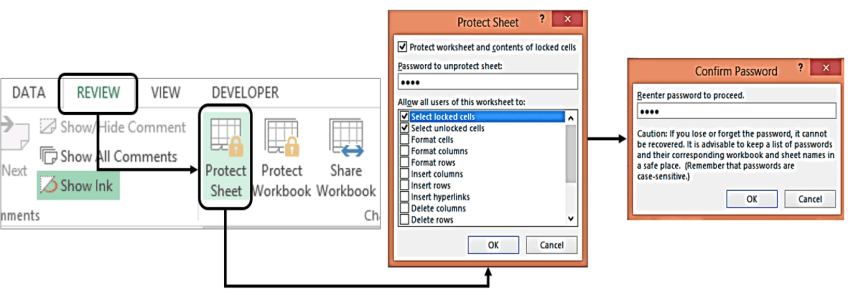Entering formulas using Excel 2011 for the Mac. Recorded for biology students at the University of Regina. The best way to use these tutorials is to follow along. Use this spreadsheet https.
In Office 2011 for Mac, Excel has hundreds of built-in functions that you can use in cell formulas. While you type a function in a cell formula, a pop-up menu appears. The following example uses Excel’s built-in SUM function.
Start with a blank worksheet.
Type 1 into both cells A1 and B1.
The value of 1 displays in cells A1 and B1.
In cell C1, type =S.
While you type, a pop-up menu showing all worksheet functions beginning with the letter S displays. Look at all the functions that start with the letter S! Right now, you’re interested in the SUM function.
Choose SUM from within all those S options in the pop-up menu with the arrow keys on your keyboard; then press the Enter or Tab key. Don’t type anything else for now.
Excel displays =SUM(|) with the vertical bar indicating the insertion cursor is ready to fill in the argument.
Drag over the range A1:B1.
Excel enters the cell range for you and you don’t have to worry about making a typing mistake. Is that neat or what?
(Optional) You can manually type the argument.
Click the green Enter button to finish.
Excel displays the value of the formula in cell A1 and displays the formula containing the SUM function in the Formula bar.
Moreover, it will return the formula to the same format it used to be. Every time you copy and paste the formula to another cell, either the row or column location of the formula will change. Anchoring is definitely the most essential trick that you can learn in Excel. By locking any specific cell used in the formula you will save tons of time. Today, keySkillset will discuss the anchoring formula in Excel and see how it can help you to reduce a significant amount of your time working on your Excel files. Anchoring is probably the most used shortcut in Excel. By pressing F4, you can select different options of anchoring.



The SUM function is so popular that it has its own button! You can find it by clicking the Ribbon’s Formulas tab, and in the Function group, clicking AutoSum. Click a range of contiguous numbers and then click the button and choose a SUM function. Excel deduces the range for you and enters the formula.
When you enter a cell formula that includes a function, Excel shows you the function’s name and its syntax. The function’s name is blue and is underlined like a hyperlink. That’s because it’s a link to the Help topic for that particular function.
How To Anchor A Formula In Excel For Macbook Pro
Each function is thoroughly documented with complete sample data and examples so that you can easily see how to use it. To display the complete list of all functions by category, click the Ribbon’s Formulas tab, and in the Function group, click Reference. Click a disclose triangle to display a list of that category’s functions. In the disclosed list, clicking a function name displays detailed information about the function, including how to properly use the function’s arguments. Some topics explain the calculations used by the function to arrive at its result.